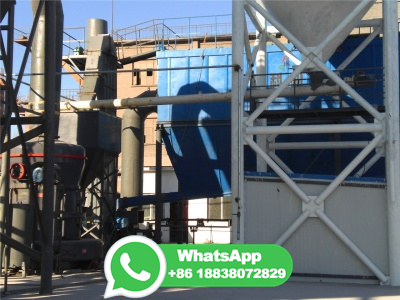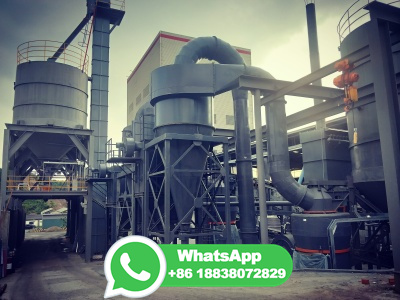PDF International journal of energy research. This paper has been peer ...
Alternative liquid hydrocarbon fuels can be obtained from various feedstocks, ranging from solids to gases. CoaltoLiquids (CTL) is a technology based on the liquefaction of coal using three basic approaches; pyrolysis, direct coal liquefaction (DCL) and indirect coal liquefaction (ICL) [6]. GastoLiquids (GTL) and Biomassto































